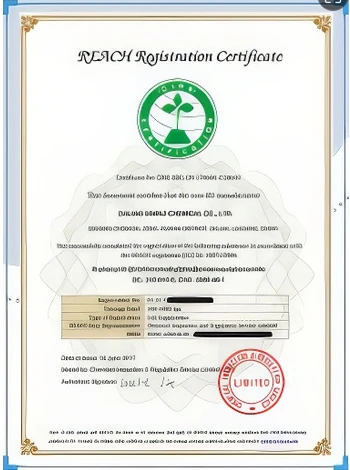



which chemicals are used to disinfect water
Chemicals Used to Disinfect Water Ensuring Safe Drinking Water
Access to safe drinking water is a fundamental human right, yet millions globally lack this essential resource. Water disinfection is crucial for eliminating pathogens and ensuring water quality. Various chemicals are utilized in this process, each with its unique effectiveness and application.
Chemicals Used to Disinfect Water Ensuring Safe Drinking Water
Another chemical commonly used in water disinfection is chloramine, which is formed by combining chlorine with ammonia. Chloramine is often used as a secondary disinfectant following an initial chlorination process. By using chloramine, water treatment plants can improve the stability and longevity of disinfection, as it tends to remain effective in the distribution system for a longer time than chlorine. This attribute is particularly useful in preventing pathogen regrowth in water pipes. However, chloramine can be less effective against some viruses and bacteria compared to chlorine, which necessitates the need for a careful balance in treatment processes.
which chemicals are used to disinfect water

Ozone is another powerful disinfectant that is increasingly being adopted in water treatment. Ozone (O₃) is a strong oxidizing agent that can effectively kill bacteria, viruses, and protozoans in a matter of seconds. Unlike chlorine, ozone does not leave harmful residues in the treated water. However, the use of ozone requires special equipment and expertise due to its unstable nature and potential for forming ozone itself as a pollutant. Additionally, while ozone is effective, it must be generated on-site, adding complexity to water treatment facilities.
For specific situations, hydrogen peroxide and ultraviolet (UV) light are also employed for disinfection. Hydrogen peroxide acts as an oxidizer and has been utilized for disinfecting drinking water, though its efficacy can vary based on concentration and contact time. UV light disinfection involves exposing water to UV radiation, effectively inactivating microorganisms without the use of chemicals. This method is particularly appealing because it leaves no chemical residue and poses no risk of forming DBPs. However, UV disinfection requires clear water to be effective since turbidity can shield pathogens from UV exposure.
In conclusion, the disinfection of water is a vital process that employs various chemicals, each contributing unique benefits and challenges. Chlorine remains the most widely used disinfectant, while alternatives like chloramine, ozone, hydrogen peroxide, and UV light are utilized to address specific needs and complexities in water treatment. Ensuring the safety of drinking water is an ongoing challenge that requires careful monitoring and the adept use of these chemicals to balance efficacy and health risks. As water scarcity and contamination continue to be pressing global issues, advancements in water disinfection technology will play a significant role in safeguarding public health.
-
Why Sodium Persulfate Is Everywhere NowNewsJul.07,2025
-
Why Polyacrylamide Is in High DemandNewsJul.07,2025
-
Understanding Paint Chemicals and Their ApplicationsNewsJul.07,2025
-
Smart Use Of Mining ChemicalsNewsJul.07,2025
-
Practical Uses of Potassium MonopersulfateNewsJul.07,2025
-
Agrochemicals In Real FarmingNewsJul.07,2025
-
Sodium Chlorite Hot UsesNewsJul.01,2025










